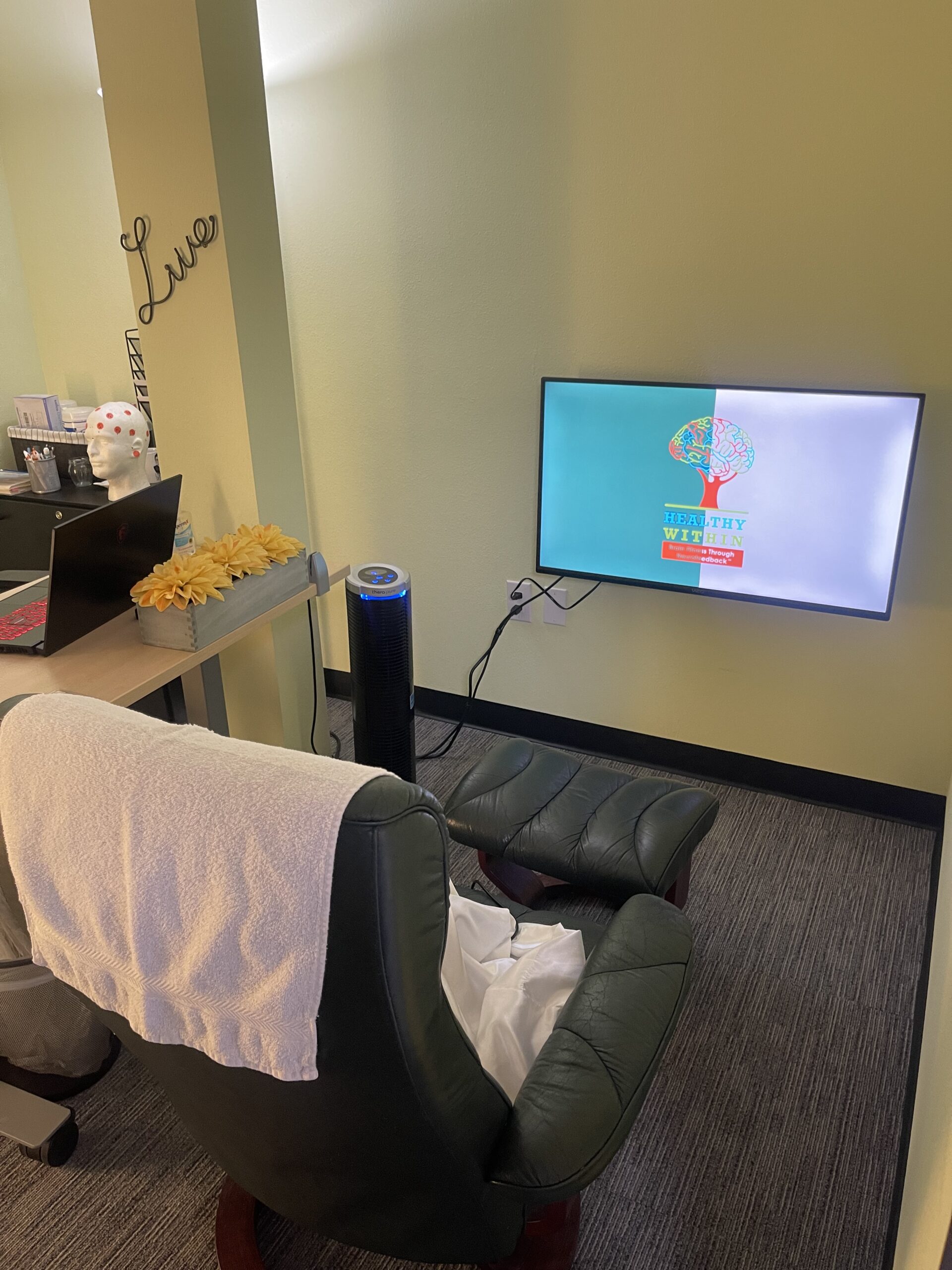Self Harm
Neurofeedback has emerged as a potentially transformative therapy in addressing the symptoms and ideations of self-harm, providing a unique and non-invasive approach that distinguishes it from traditional medication. Individuals experiencing self-harm tendencies often grapple with complex emotional and cognitive challenges that may not be fully addressed by medication alone. Neurofeedback, on the other hand, involves real-time monitoring and regulation of brain activity, allowing individuals to gain insights into their neural patterns and learn to self-regulate.
Unlike medication, which may primarily target symptoms, neurofeedback offers a more holistic and individualized approach. It tailors protocols to address specific neural dysregulation associated with self-harm tendencies. By promoting healthier neural patterns and encouraging neuroplasticity, neurofeedback has the potential to address the root causes of self-harm ideations, providing individuals with coping mechanisms that extend beyond the immediate symptoms.

Moreover, the self-regulatory skills acquired through neurofeedback training contribute to long-term resilience against self-harming behaviors. By empowering individuals to modulate their own neural activity, neurofeedback fosters a sense of agency and control, crucial elements in the ongoing management of self-harm tendencies. This aspect sets neurofeedback apart as a therapeutic modality that not only targets symptoms but also equips individuals with valuable tools for sustained well-being.
In summary, neurofeedback offers a promising avenue in the reduction of self-harm symptoms and ideations. Its personalized, adaptive, and non-invasive nature, coupled with the focus on addressing neural dysregulation, positions neurofeedback as a compelling alternative or complement to traditional medication in the treatment of individuals struggling with self-harm tendencies.
Studies
Choi SW, Chi SE, Chung SY, Kim JW, Ahn CY, Kim HT. (2011). Is alpha wave neurofeedback effective with randomized clinical trials in depression? A pilot study. Neuropsychobiology. 2011;63(1):43-51. Frontal asymmetric activation has been proposed as a fundamental mechanism underlying depression. Researchers have observed that neurofeedback training targeting asymmetry can enhance depressive symptoms by elevating right frontal alpha activity. This study focused on neurofeedback training specifically designed to amplify the relative activity of the right frontal alpha band, aiming to alleviate symptoms in individuals with depression experiencing emotional, behavioral, and cognitive challenges. The findings indicated that the asymmetry neurofeedback training effectively increased the relative power of right frontal alpha, and this effect persisted even after completing all training sessions. In contrast, the placebo control group showed no significant difference. The neurofeedback training demonstrated significant impacts on both emotion and cognition. Confirming earlier research, enhancing left frontal activity was associated with a reduction in depressive symptoms. Additionally, cognitive assessments revealed that the asymmetry training enhanced performance in executive function tests, distinguishing it from the placebo treatment, which showed no improvement. These preliminary findings suggest that asymmetry training plays a crucial role in emotion regulation and may contribute to the enhancement of left frontal lobe function.
Baehr, E., Rosenfeld, J. P., & Baehr, R. (1997). The clinical use of an alpha asymmetry protocol in the neurofeedback treatment of depression: Two case studies. Journal of Neurotherapy, 2(3), 10-23. This study showcases case reports of two women experiencing depression who underwent over 34 sessions each of EEG biofeedback (neurofeedback) employing an Alpha Asymmetry protocol. The primary objective of this training was to investigate whether alleviation of depression could be achieved by teaching the participants to boost left hemisphere activation and/or diminish right hemisphere activation. To assess changes in personality factors, including depression, the MMPI-2 was administered before and after the training sessions. The outcomes indicate that Alpha Asymmetry neurofeedback training could serve as a valuable complement to psychotherapy in addressing specific categories of mood disorders.
Zotev V., Phillips R., Yuan H., Misaki M. & Bodurka J. (2013) Self-regulation of human brain activity using simultaneous realtime fMRI and EEG neurofeedback. Neuroimage. doi: 10.1016/j.neuroimage.2013.04.126. Neurofeedback is a promising method for adjusting brain activity without invasive procedures, offering potential benefits for treating mental disorders and improving cognitive performance. Typically, neurofeedback techniques use either electroencephalography (EEG) or real-time functional magnetic resonance imaging (rtfMRI). Recent advancements in combining EEG and fMRI simultaneously have opened up new possibilities. Here, we describe the first instance of using a system that integrates real-time data from both rtfMRI and EEG, known as rtfMRI-EEG-nf. We applied this approach to help individuals regulate their emotions in a positive context, where participants recalled happy memories. Using rtfMRI-EEG-nf, participants were able to simultaneously control brain activity in both the left amygdala and the high-beta band of the frontal EEG. These initial results suggest that it’s possible to self-regulate both the blood flow (rtfMRI) and electrical activity (EEG) in the brain at the same time. This finding opens up potential applications for rtfMRI-EEG-nf in developing new research methods in cognitive neuroscience and refining therapeutic approaches for significant neuropsychiatric disorders, particularly depression.